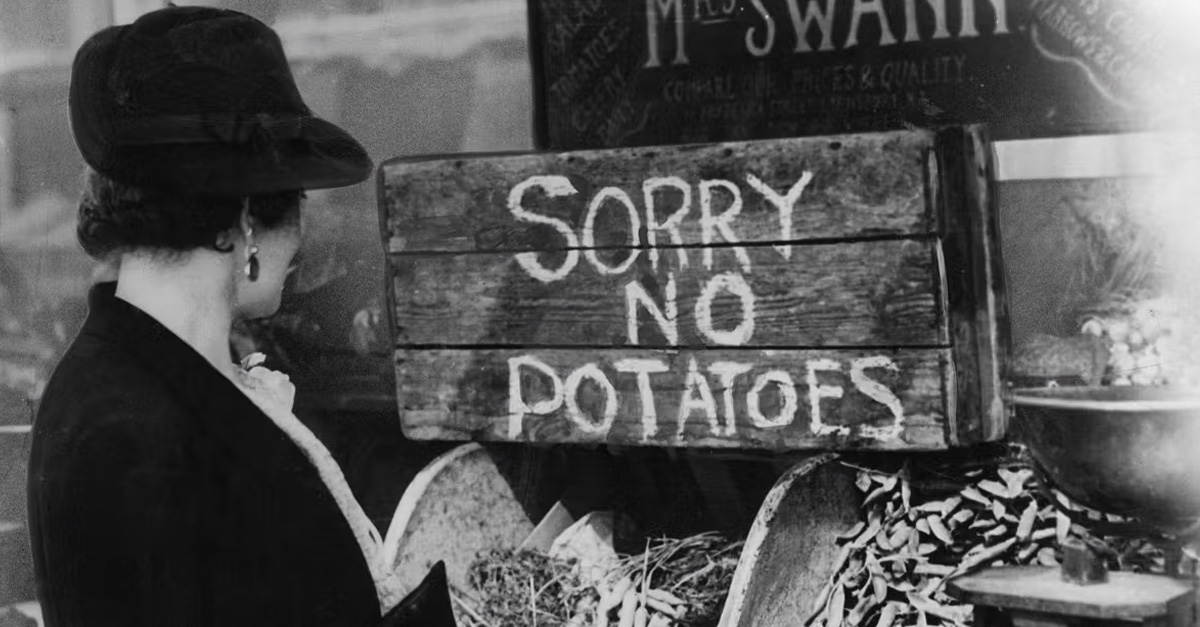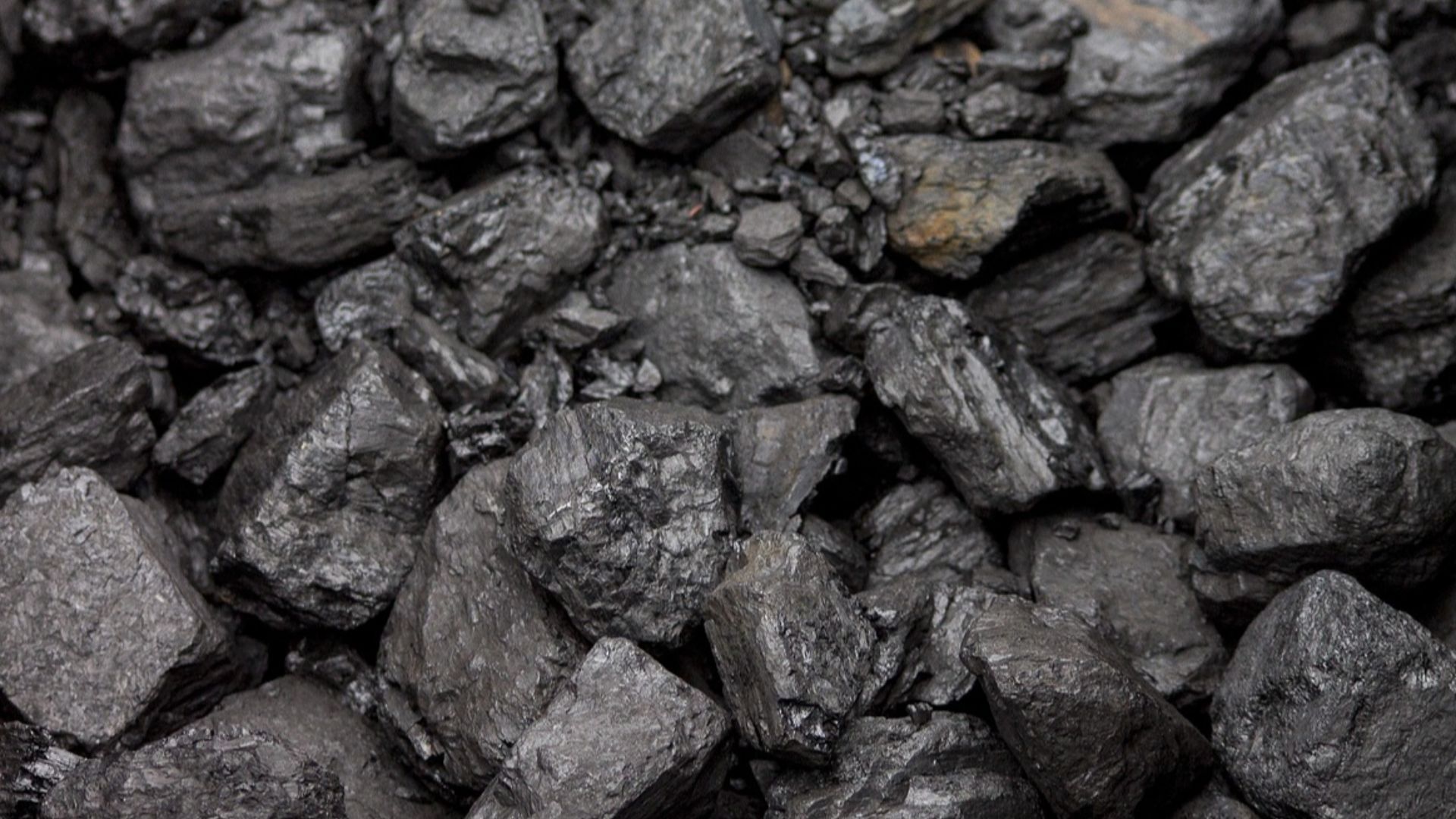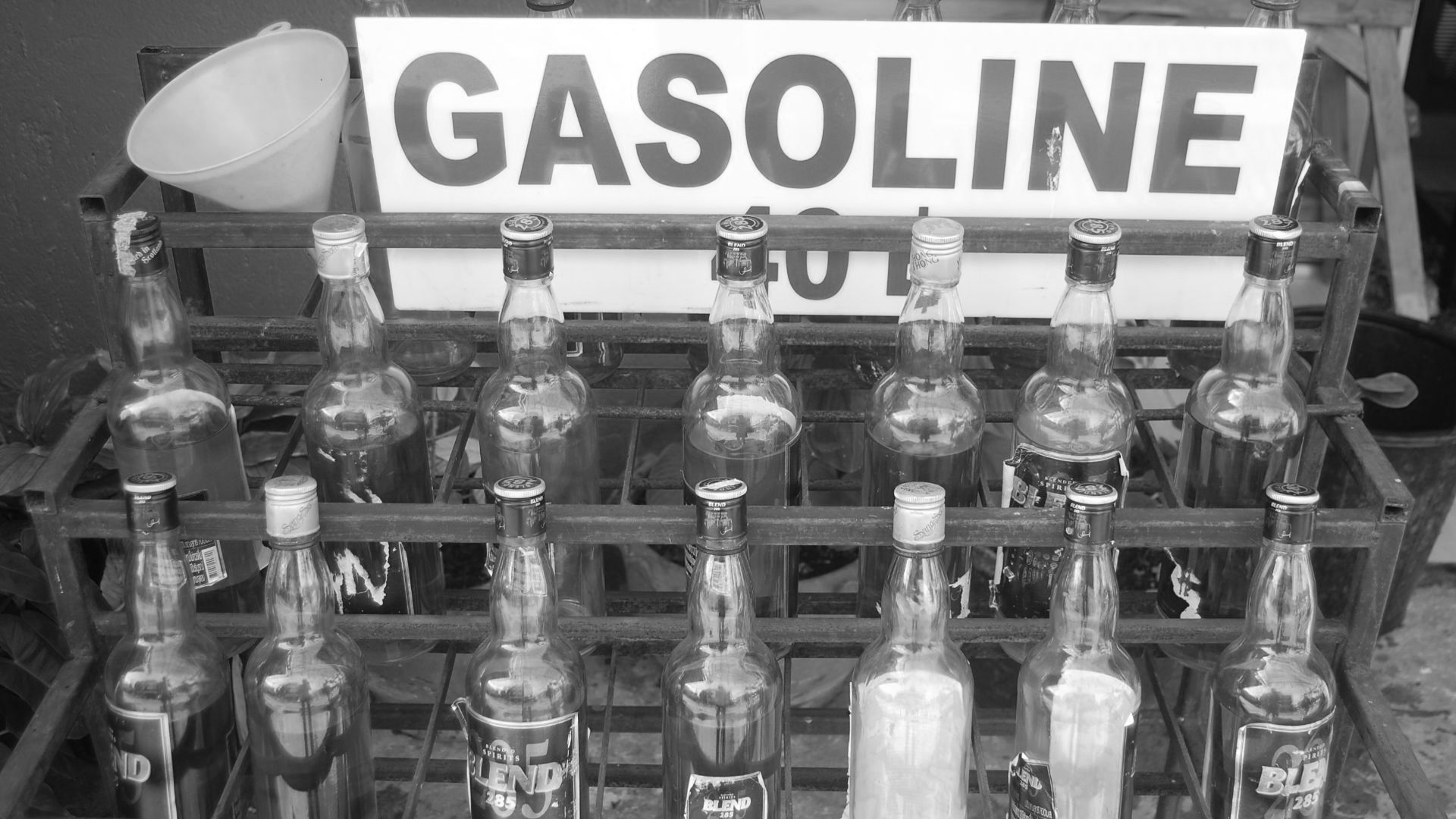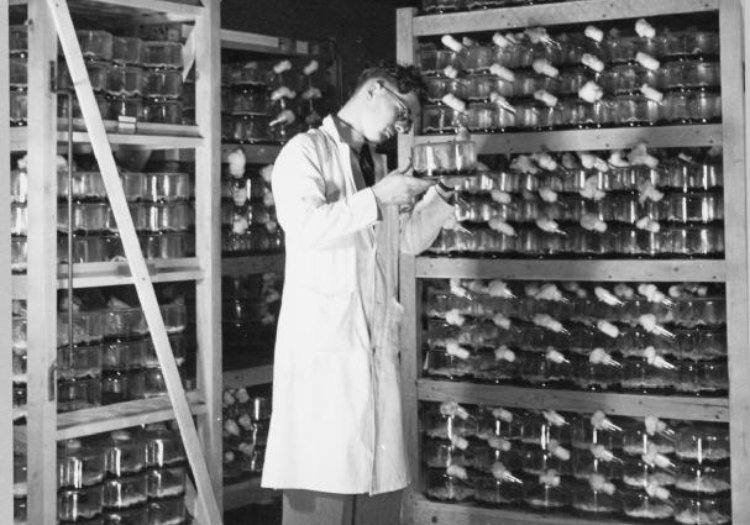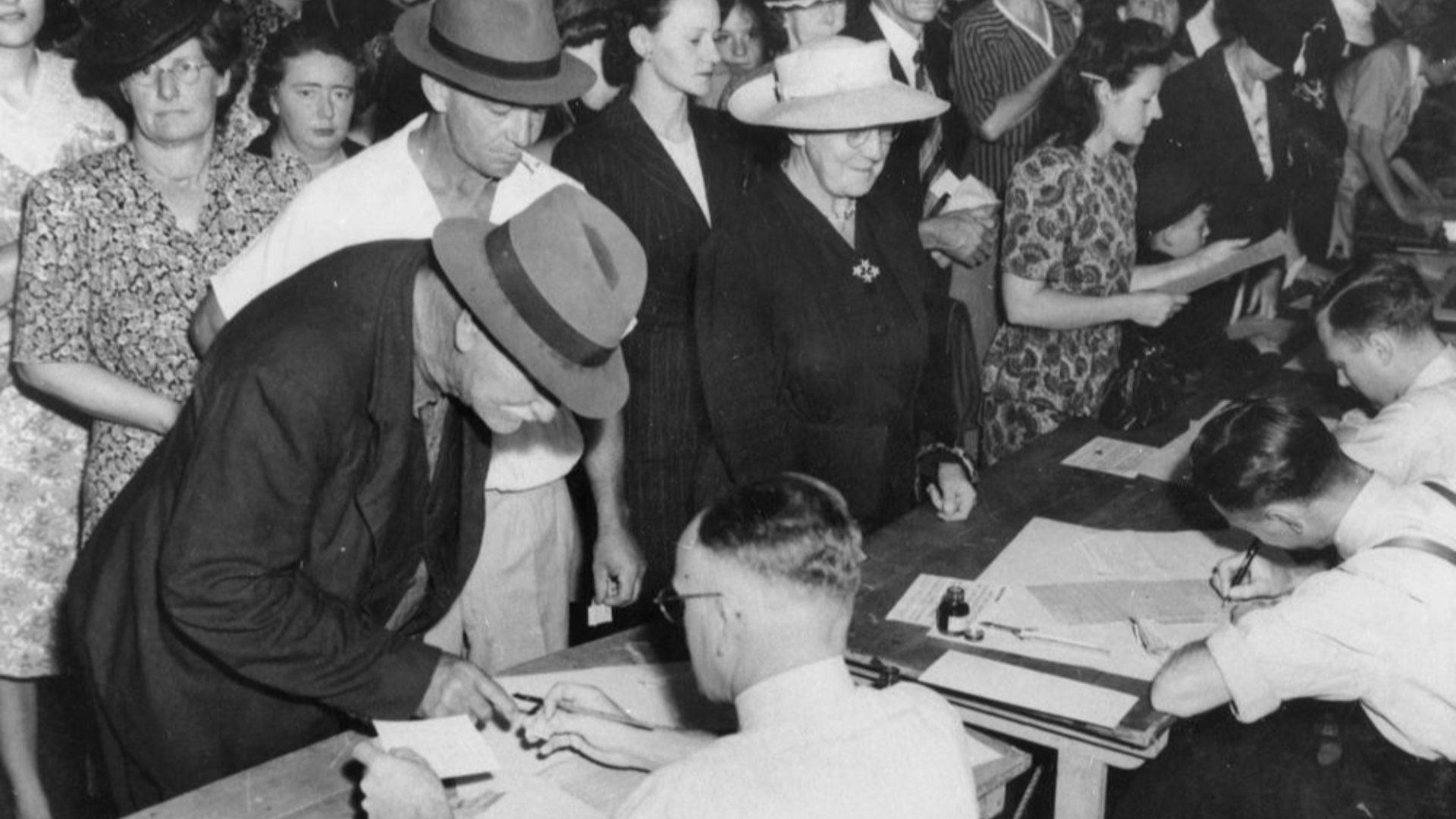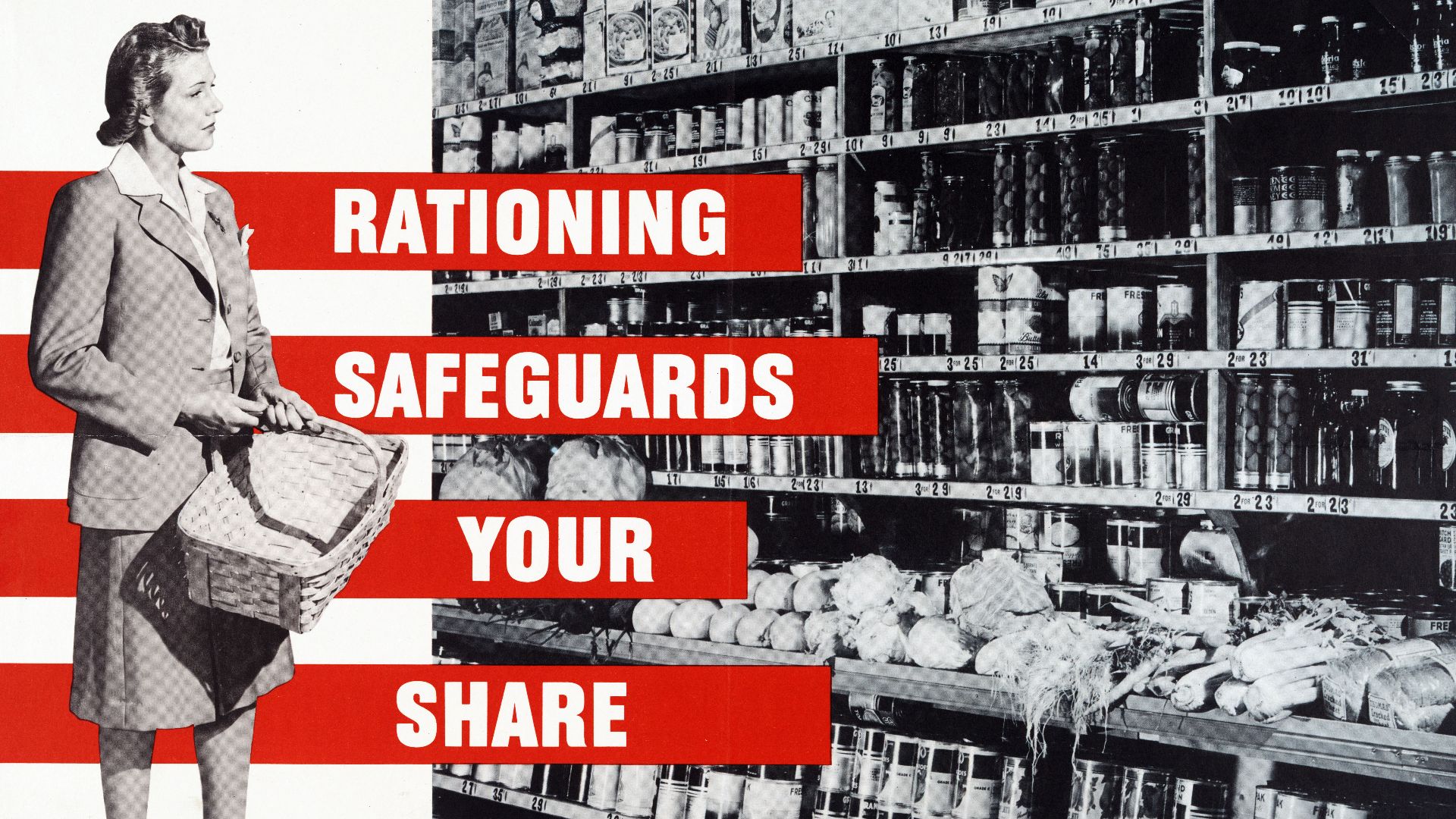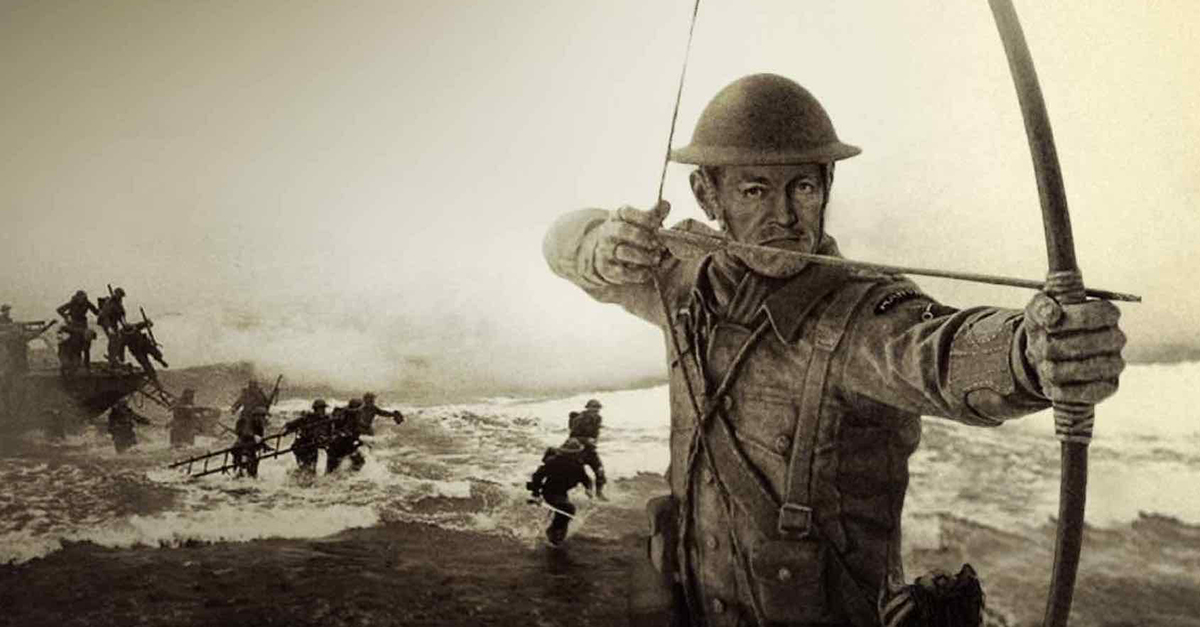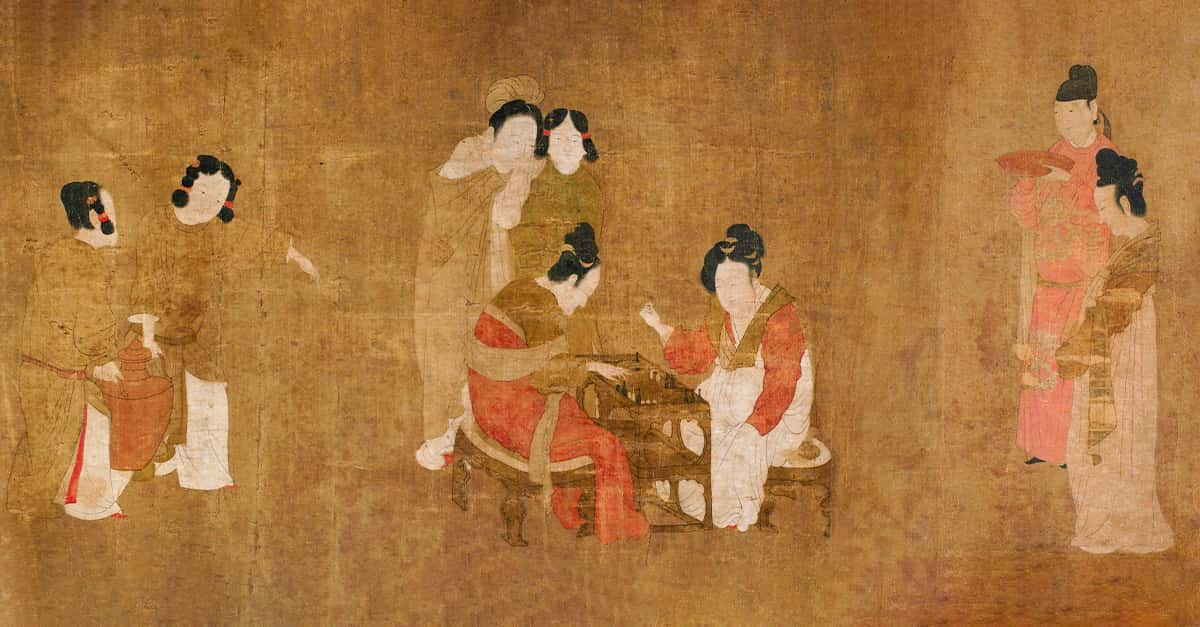Could You Handle Not Having These?
People felt like being stuck inside during the pandemic was a big sacrifice, but imagine not having many of your most valued items and foods. Take a look at this list to understand what it was like to live during the WWII time of ration points.
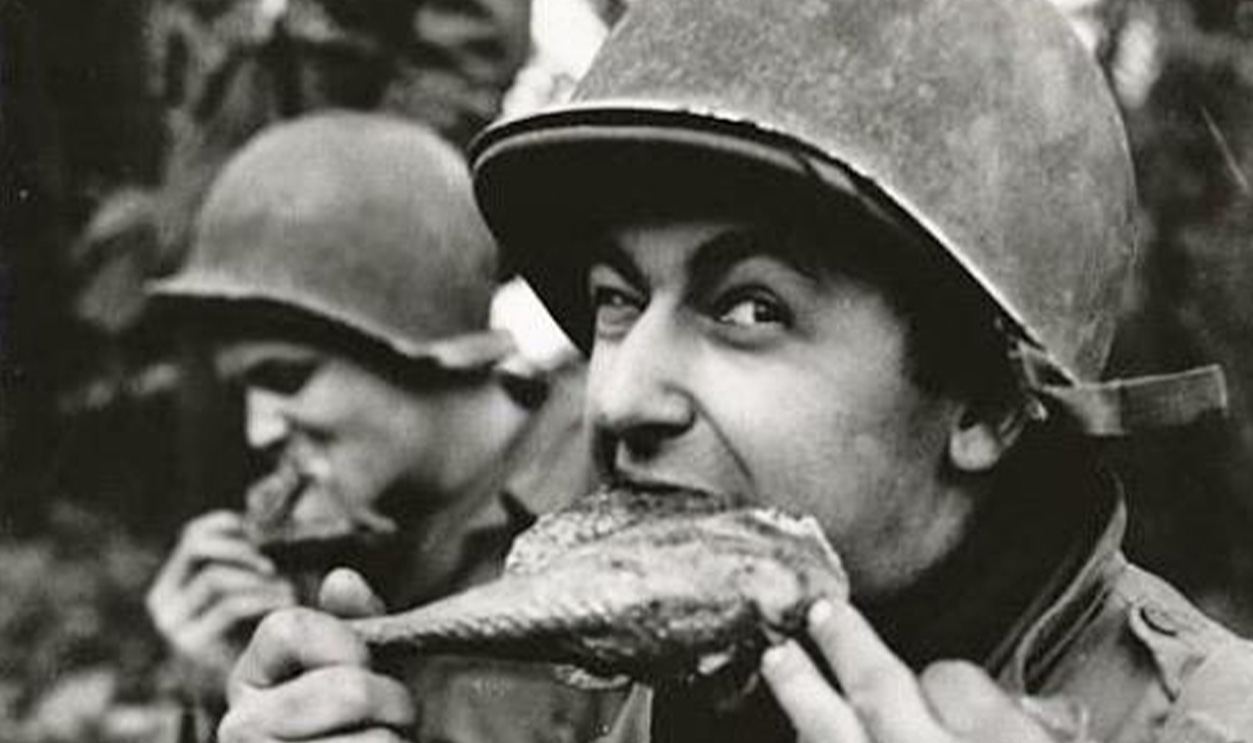
The Context
World War II was all about sacrifice, not just through the lives of soldiers, but that of the people back home. In order to defeat the Axis, America had to use and consume less.
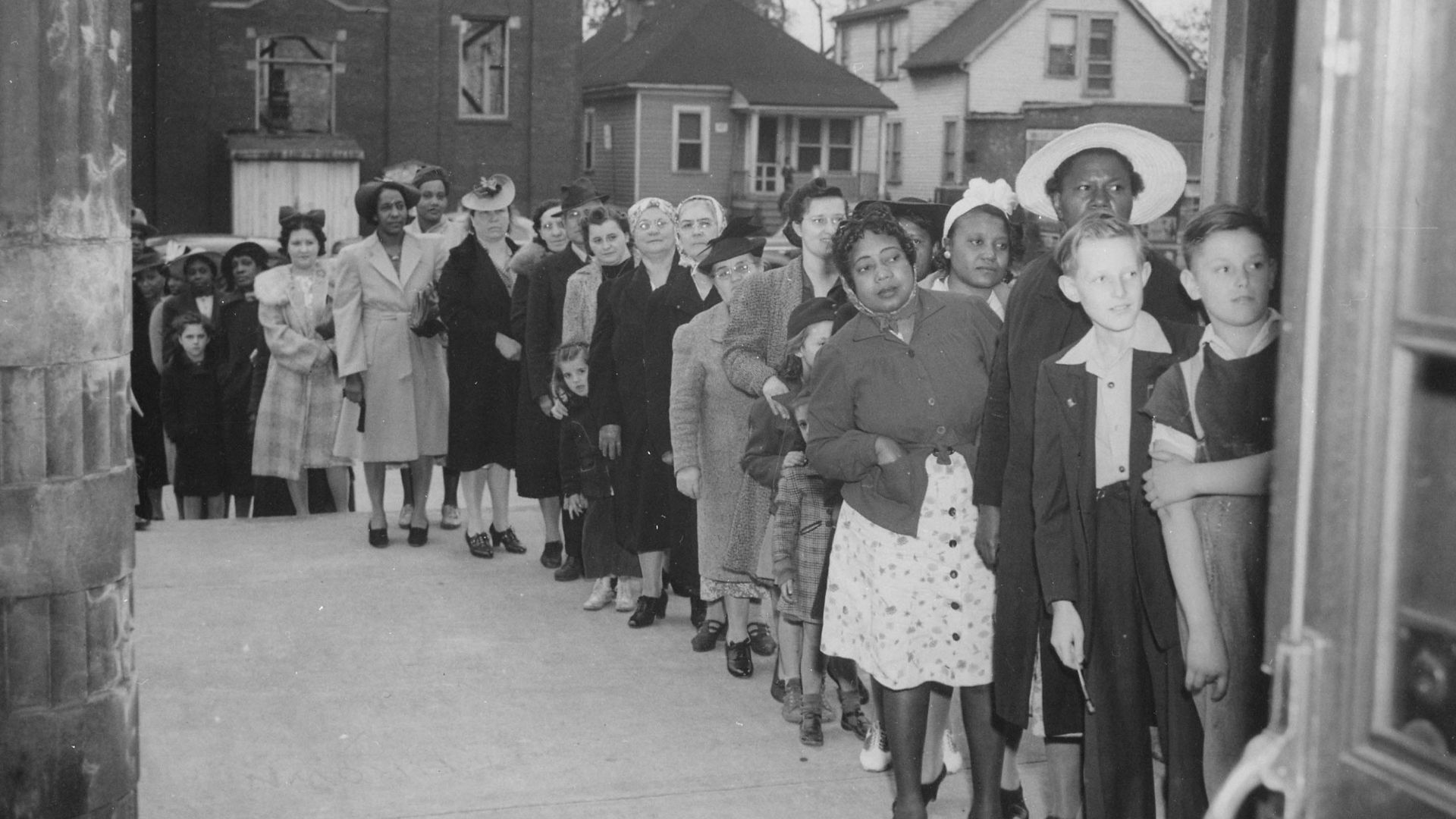 The U.S. National Archives, Wikimedia Commons
The U.S. National Archives, Wikimedia Commons
The Context
Rationing didn’t just come down to food, though, even though there was a lot of it. A deep number of resources were valuable to the war effort.
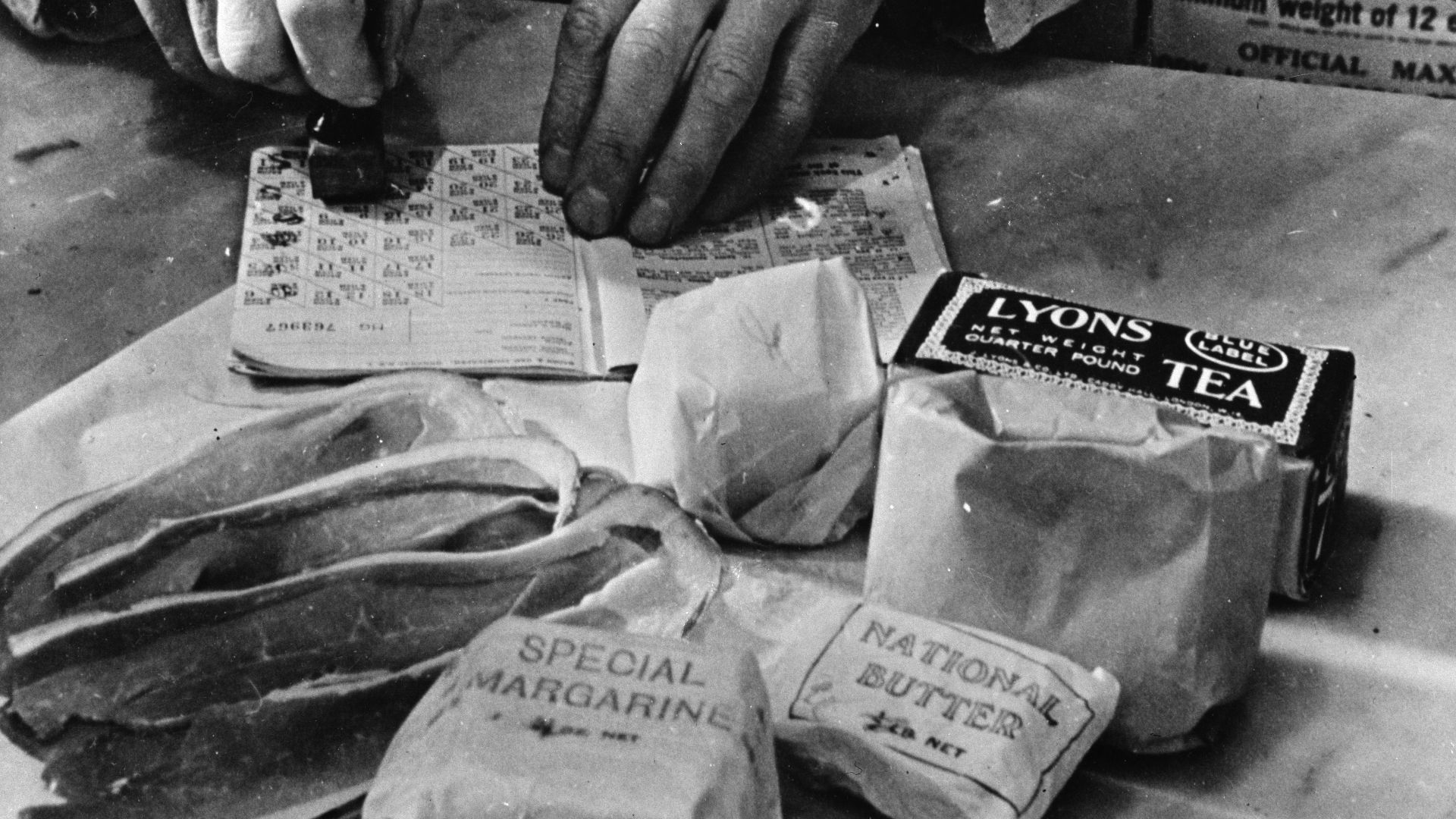 United States Office of War Information, Overseas Picture Division, Wikimedia Commons
United States Office of War Information, Overseas Picture Division, Wikimedia Commons
Sugar
Sugar was what was perhaps most associated with rationing, being that it spent the longest amount of time on the list. It was there from May 1942 all the way to two years after the conflict ended in June 1947.
Sugar
In response, people figured out other ways to sweeten their foods or beverages. In fact, this is perhaps where America’s love affair with corn syrup truly started.
Coffee
Being that coffee feels like the lifeblood of many working people for getting up in the morning, it’s hard to imagine having to ration it. Yet starting November 1942, it was on the list of items that Americans had to be very precious about.
Coffee
Coffee was, of course, prioritized for all the troops serving abroad who needed everything to keep themselves as alert as possible. Trade routes through South America, where most coffee was found, became complicated as well due to the global conflict.
Stoves
Food, as you can gather from reading this list, was a major complication during the conflict. It didn’t help that stoves, used to cook a majority of things, were also rationed.
 Gertrude206, Wikimedia Commons
Gertrude206, Wikimedia Commons
Stoves
Stoves were one of those items that took a lot of bureaucracy to buy during the conflict. If you wanted one, you had to apply to the local ration board for a purchase certificate.
 Frank Behnsen, Wikimedia Commons
Frank Behnsen, Wikimedia Commons

History's most fascinating stories and darkest secrets, delivered to your inbox daily.
Meats
Those serving overseas needed a lot of protein to power themselves through physically arduous missions, so naturally, they had to be prioritized for meat. Farmers were now amongst the most valuable Americans.
Meats
Meat has become a weird flashpoint for conservatives lately, so it would be funny to imagine modern Republicans being told they had to ration meat rations. Being encouraged to eat a stew instead of a steak dinner could lead to riots in the streets nowadays.
Fats
Stuff like oil, lard, and butter were in heavy demand by the armed forces during WWII. But it wasn’t necessarily because members of the Navy so desperately needed stuff on their toast.
Fats
A big reason they were so valued was that animal fats could be made into glycerin. Glycerin was a hot commodity, being integral to both firepower and even painting tanks.
Canned Foods
Meals for those overseas were vital, it goes without saying. Being deep in enemy territory, it would be hard to cook full-course meals on the spot, so canned food had to be widely available.
Canned Foods
Canned foods also extended to canned milk, as dairy was a vital element. It was, at the end of the day, just one less thing to put in your coffee.
Firewood And Coal
By the 1940s, there was a bigger reliance on oil and diesel, but of course, mining was still a very vital industry. This was evidenced by coal being rationed during WWII.
Firewood And Coal
Things became extra complicated when there was a miners' strike during the 1940s, throwing production into chaos. The strike lasted more than a year, going from May 1943 to June 1944.
Gasoline
American forces needed to power all kinds of vehicles while operating overseas, so gasoline was prioritized for them. Gasoline rationing would later come back during the height of the oil crisis in the 70s.
Gasoline
To really enforce gasoline rationing, a national speed limit of 35 miles per hour was enforced. You probably weren’t seeing as many speeding accidents during the 1940s.
Tires
Tires were a hot commodity because of rubber, an integral substance during WWII. In turn, it made buying automobiles a difficult prospect for the average American.
Tires
As you can see from past and future entries on this list, virtually everything to do with travel became a prized possession during WWII. It probably inspired boomers’ car fetishism going into the 60s and 70s.
Automobiles
The automobile industry had to pause during WWII, instead using their factories to manufacture parts for vehicles that could be used in Germany and Japan. The next swanky Ford model simply had to wait.
Automobiles
Speaking of that, American automobile oligarch Henry Ford played both sides during the conflict, doing business with the Germans while manufacturing parts for the Americans. As history has shown, his involvement with the former wasn’t purely capitalist, but also ideological.
Bicycles
Cars weren’t the only form of travel that suffered during the global conflict. Eventually, bicycles had to be put on the ration list too.
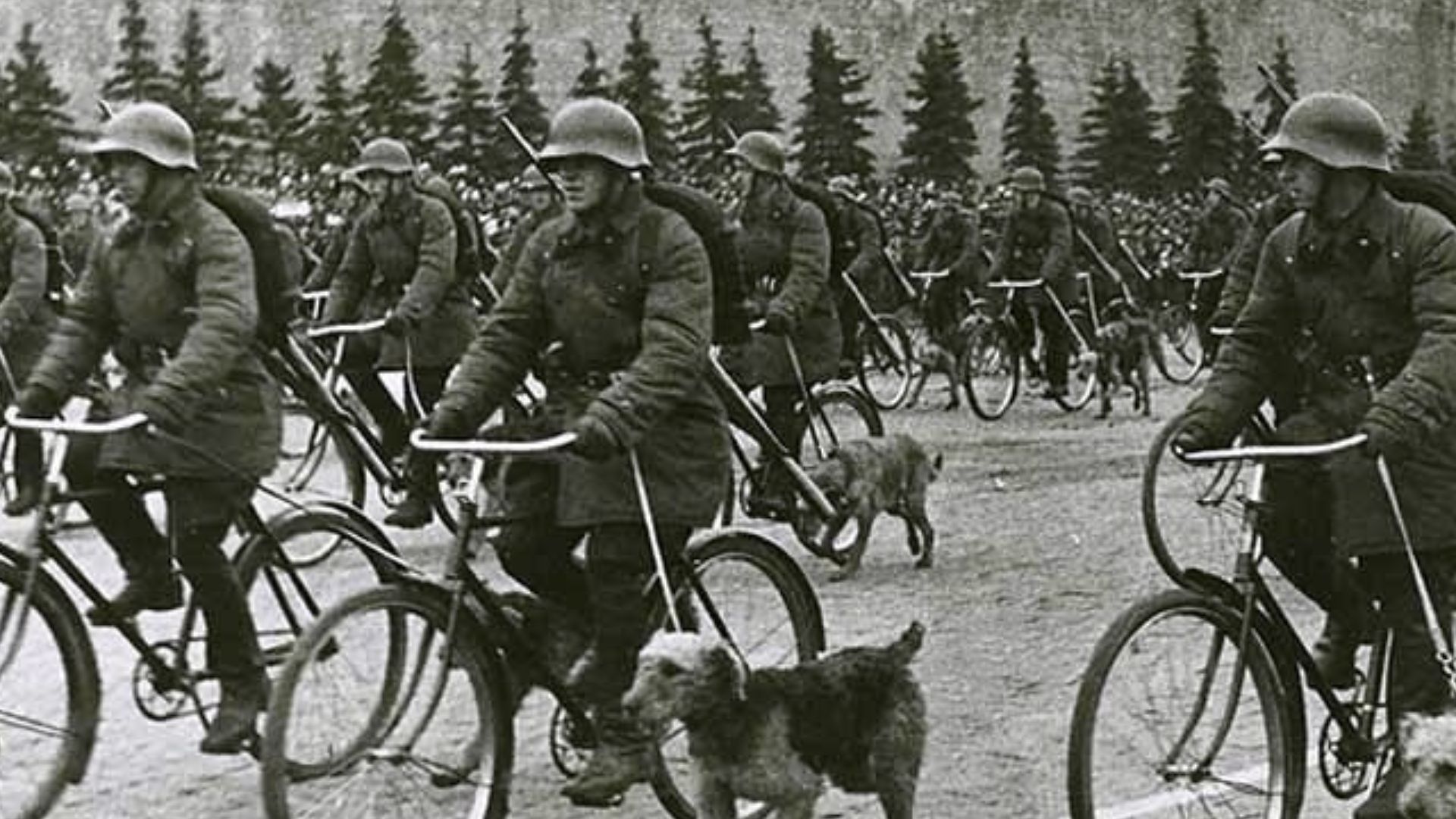 Unknown authorUnknown author, Wikimedia Commons
Unknown authorUnknown author, Wikimedia Commons
Bicycles
Not that Marines in Guadalcanal needed a ton of bikes to get exercise, but rather the precious material associated with it was integral. As we established, the rubber in tires was highly valuable.
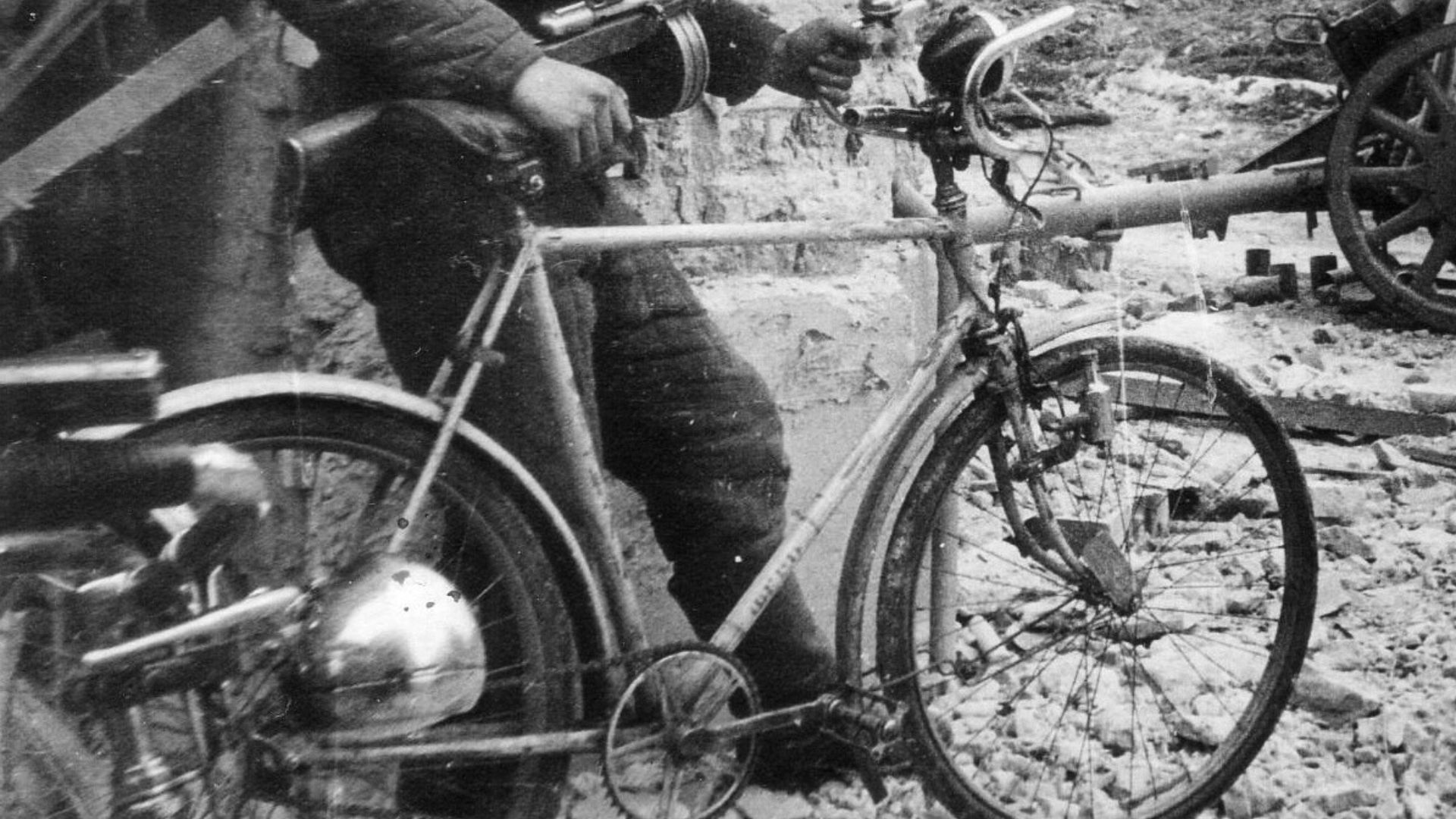 Yevgeny Khaldei, Wikimedia Commons
Yevgeny Khaldei, Wikimedia Commons
Penicillin
It goes without saying that those serving overseas needed a lot of medicine. Thus, many pivotal things, like penicillin, had to be rationed.
Penicillin
The rationing of penicillin meant civilian hospitals had to make some truly difficult decisions about who got what. Each hospital had a triage panel to decide on patients, which is heartbreaking to think about.
Shoes
Shoes became a hot commodity during the conflict, not just because you were bound to rip holes in them if you were serving overseas, but due to the materials. After all, shoes and boots were made with leather and rubber, two very important substances.
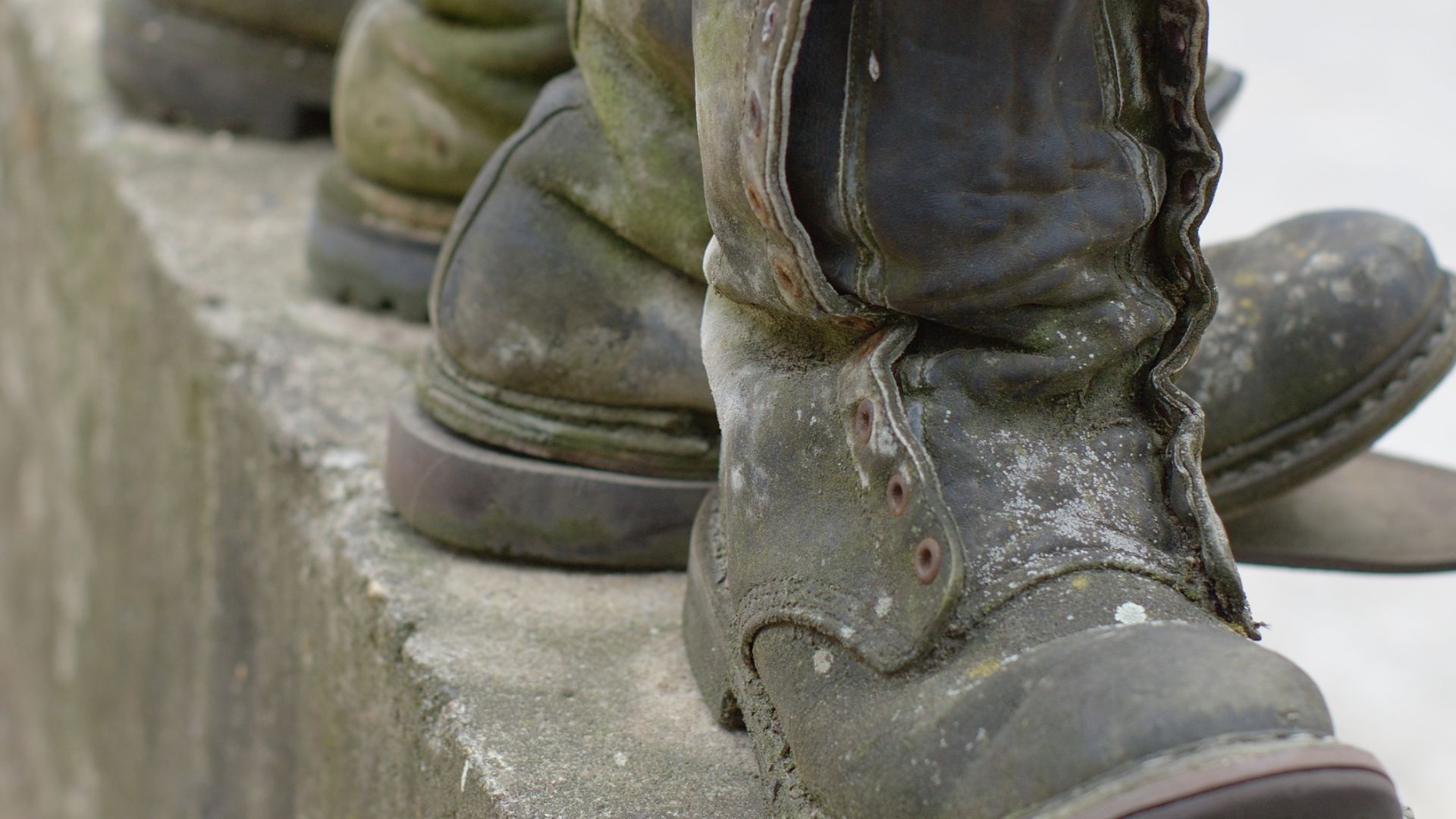 Steffen Zahn from Berlin, Germany, Wikimedia Commons
Steffen Zahn from Berlin, Germany, Wikimedia Commons
Shoes
Items that completely disappeared from the market: men’s sandals, house slippers, running shoes, and golf shoes. One comes to think of Moe on The Simpsons wearing Wonder Bread bags on his feet.
Typewriters
It was a hard time to be a writer, as evidenced by the rationing of typewriters. Even a high-paid Hollywood screenwriter might have had to write their next blockbuster by hand.
 Sammlung der Medien und Wissenschaft, Wikimedia Commons
Sammlung der Medien und Wissenschaft, Wikimedia Commons
Typewriters
The typewriters were rationed for two reasons: the metal they were constructed with and the number needed for paperwork during the conflict. Maybe there was a Great American Novel never written because of it.
Black Market
As the recent COVID pandemic has evidenced, a lot of Americans have a strong individualist mentality that prevents them from making sacrifices. Naturally, there was a black market of sorts for people to cheat on rationing rules.
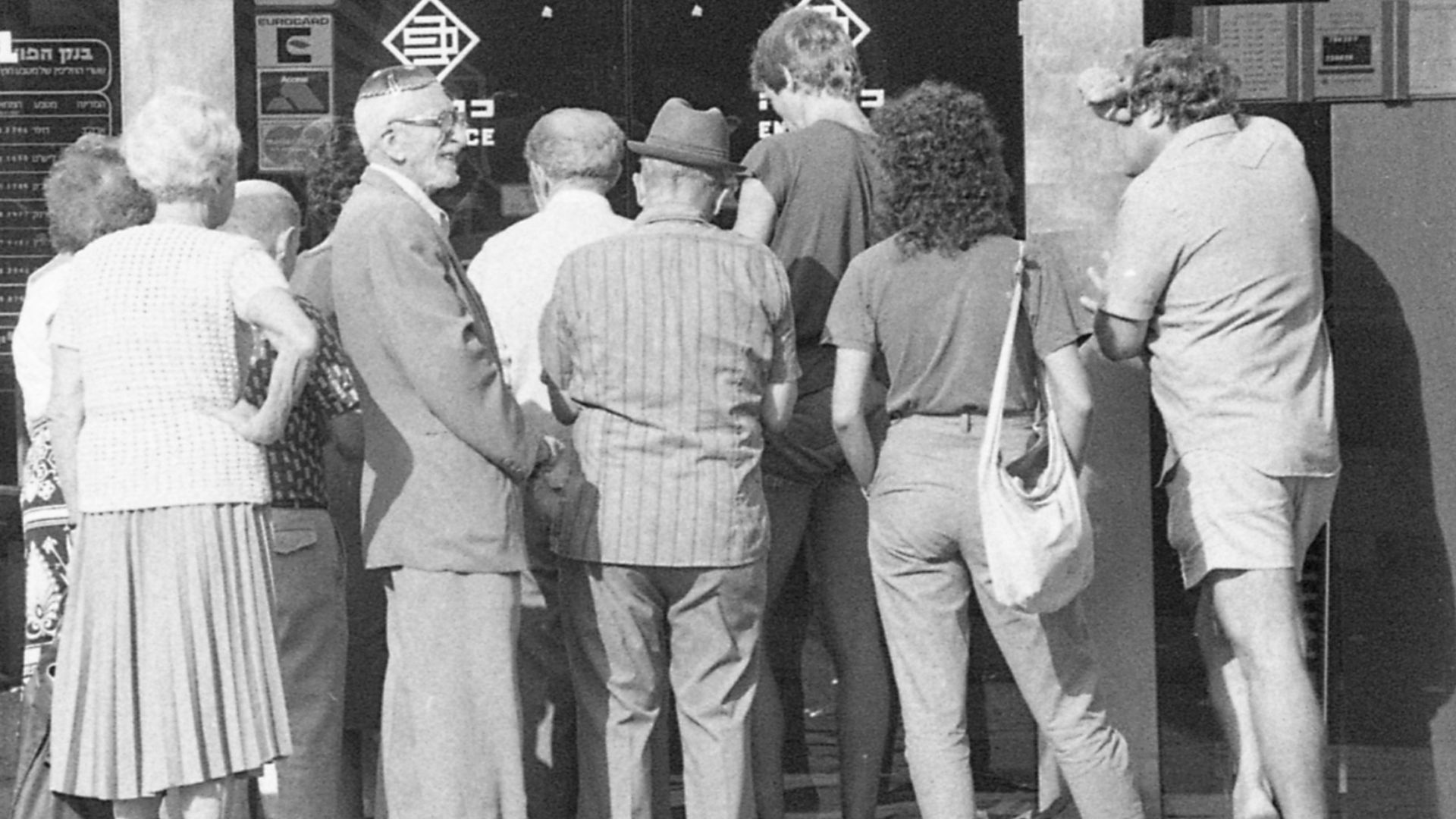 IPPA photographer, Wikimedia Commons
IPPA photographer, Wikimedia Commons
Black Market
Generally speaking, black markets had all the items on this list that Americans were desperately craving. Of course, legal ramifications were in store for everyone who operated one.
 Jeffrey Backowski, Wikimedia Commons
Jeffrey Backowski, Wikimedia Commons
Propaganda
Propaganda was certainly one of the most vital elements of the global conflict, from every side imaginable. While we associate it with building patriotic morale for boots on the ground overseas, it also extended to rationing.
Propaganda
After all, rationing was a big sacrifice the American public had to make, so morale had to remain high. Propaganda posters emphasized the patriotic quality of the act.
New Phenomenon Of Macaroni And Cheese
Something Americans fell in love with during the rationing craze was macaroni and cheese. A food item that was inexpensive, filling, and also not draining of ration points, it took the country by storm.
 Sumeet Jain from San Francisco, USA, Wikimedia Commons
Sumeet Jain from San Francisco, USA, Wikimedia Commons
New Phenomenon Of Macaroni And Cheese
All the college students who eat mac and cheese should know they were like citizens during WWII. Of course, Canada’s Kraft Dinner will probably see another resurgence amidst the recent tariff disputes.
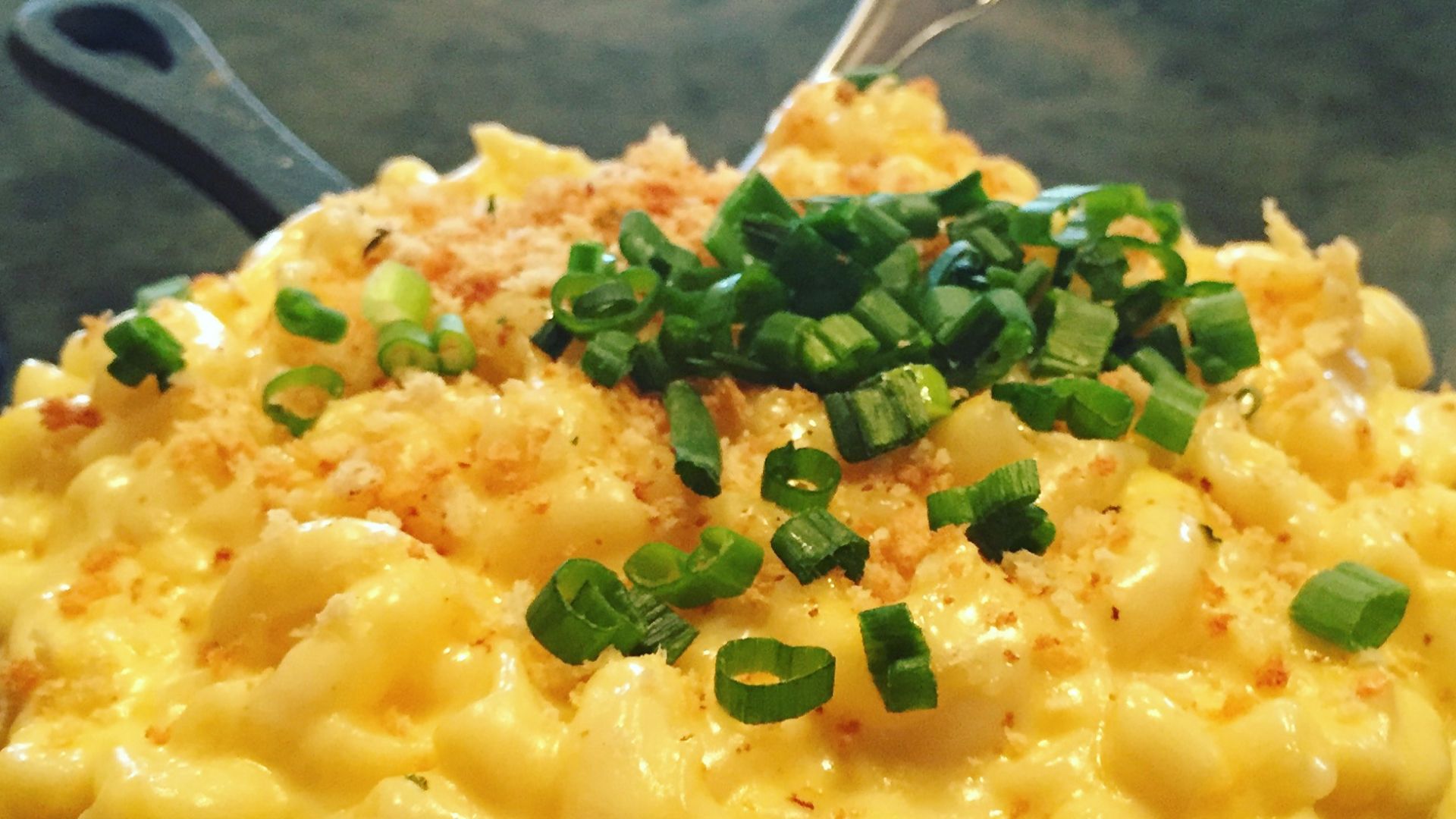 Texasfoodgawker, Wikimedia Commons
Texasfoodgawker, Wikimedia Commons
Nylon Hosiery
The Great Depression had made people forget the excesses of the Roaring Twenties, and thus fashion wasn’t as big of a deal. That being said, many may have still been upset about having to ration nylon hosiery.
Nylon Hosiery
Nylon was very valuable to the materials being used overseas. Basically, anything you can imagine could be repurposed for the sake of something integral to the armed effort.
June 1947
The rationing system gradually came to an end as WWII did in 1945, but it wasn’t completely over for another couple of years. June 1947, in particular, is cited as the end.
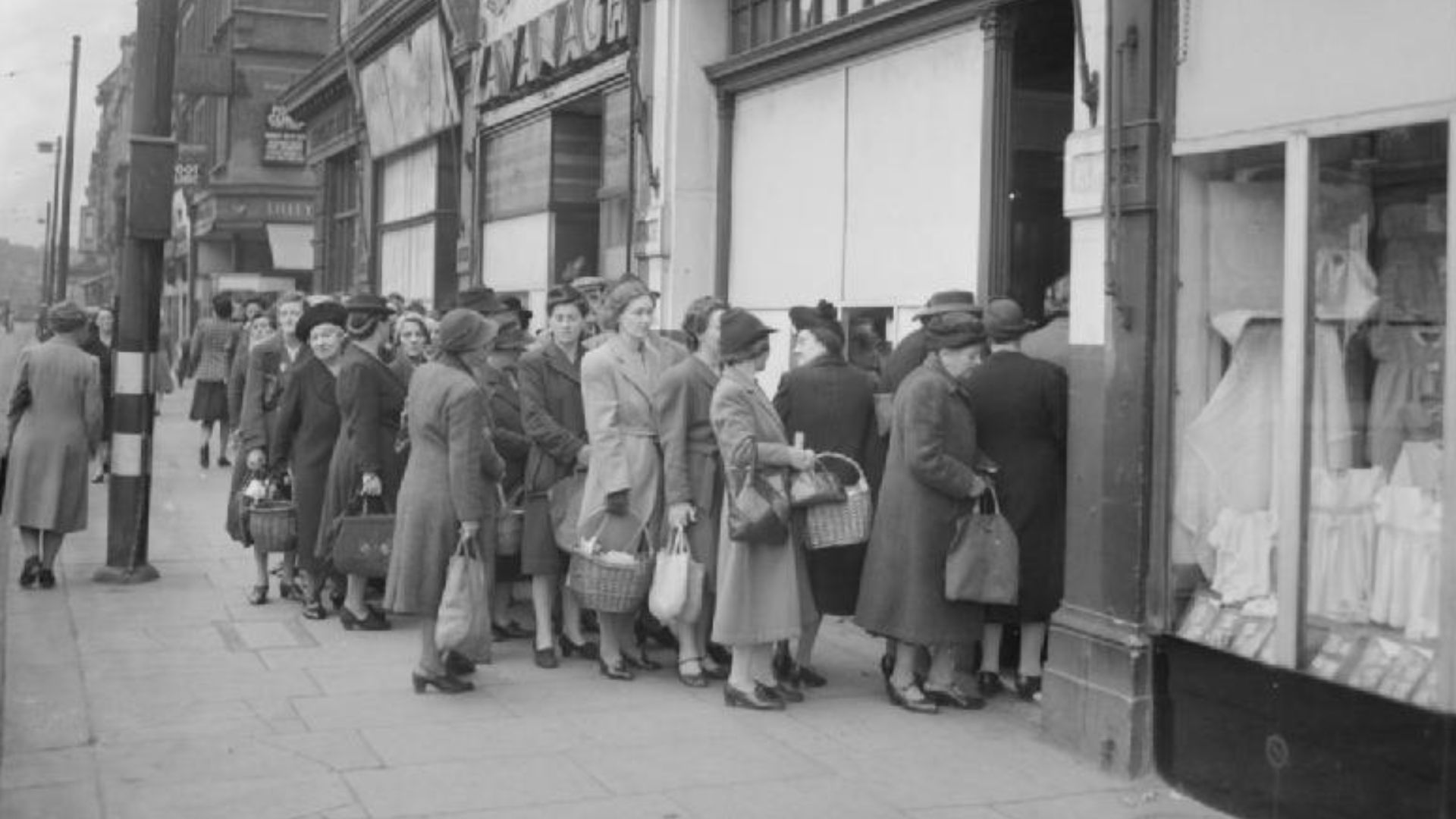 Ministry of Information Photo Division Photographer, Wikimedia Commons
Ministry of Information Photo Division Photographer, Wikimedia Commons
June 1947
Being that sugar was the most in-demand object, it was the one that took the longest to return to normal supply. In the years since, Americans have certainly made up for the country’s lost time with sugar.
You May Also Like:

